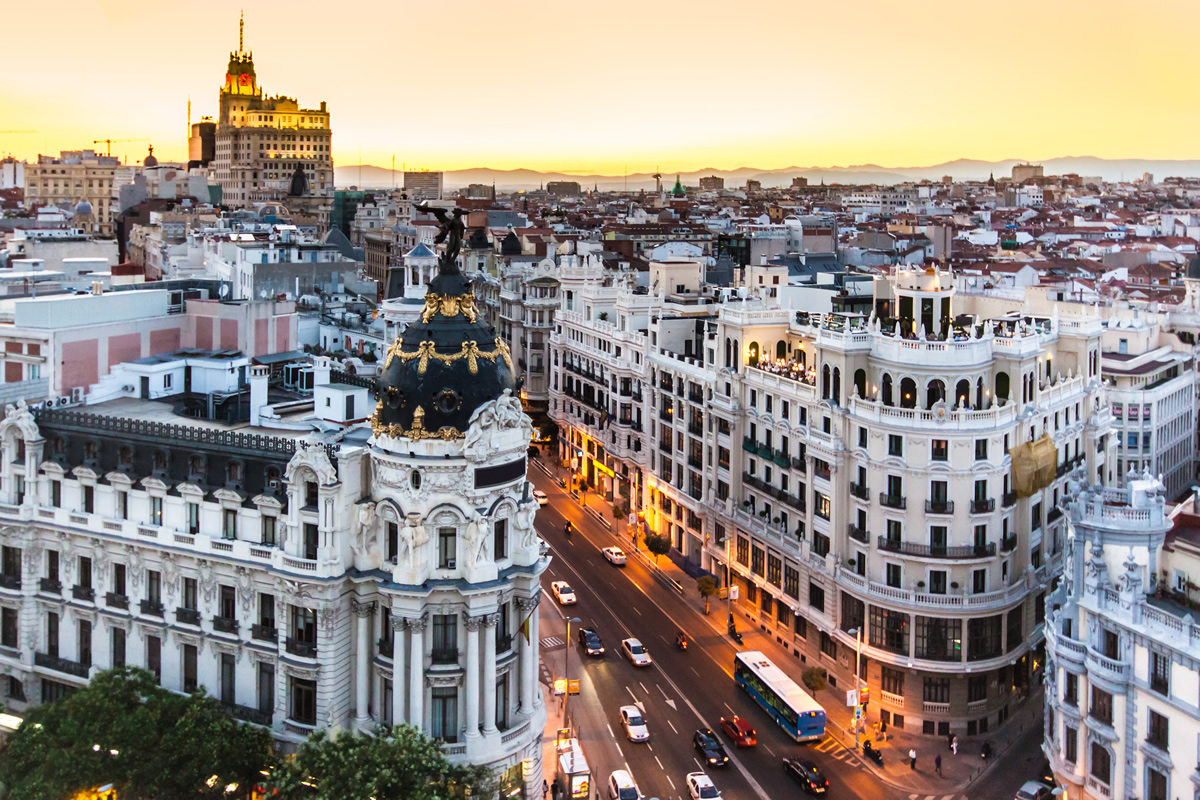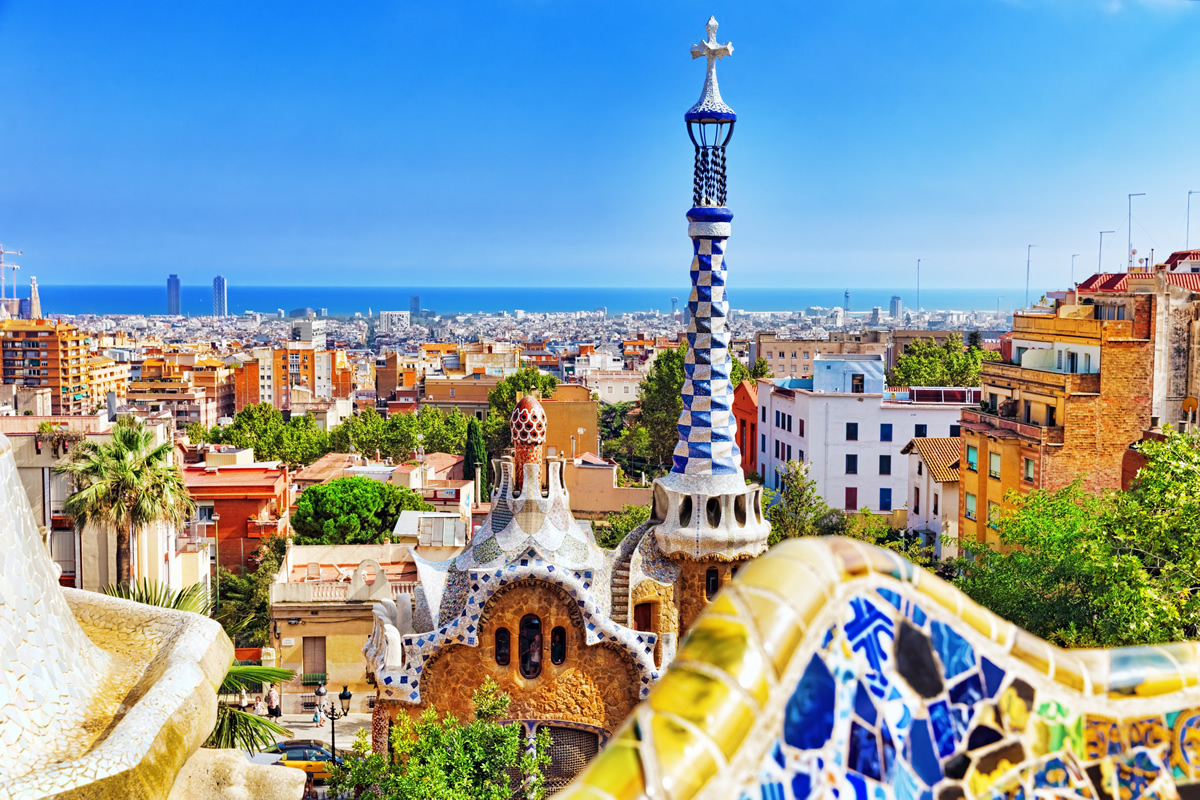Portugal
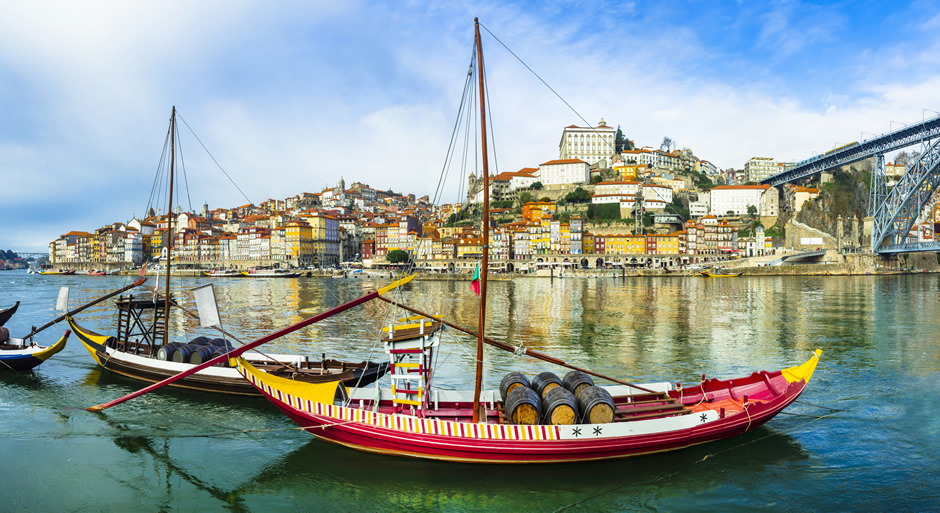
While it’s true that Portugal is no longer the Iberian Peninsula’s best-kept secret, it’s fairly easy to escape the crowds.
Even at the busiest resorts in the Algarve, it only takes a short bus ride or a walk across countryside to reveal rarely visited places that still offer the feeling of discovery – a sentiment close to the Portuguese soul. Portugal has an old-fashioned charm, with medieval castles and picture-perfect villages scattered over meandering coastlines and flower-covered hillsides. From the ancient university town of Coimbra to Lord Byron’s favourite Portuguese haunt, Sintra, the country’s proud history can be felt everywhere. Sun-kissed beaches like Cascais and Sagres offer enticements of a more hedonistic sort. Indeed, the dramatic end-of-the-world cliffs, wild dune covered beaches, protected coves and long sandy islands of Portugal’s coastline have long enchanted visitors and locals alike. Meanwhile, the country’s capital, Lisbon, and its northern rival, Porto, are magical places for the wanderer with riverside views, cobblestone streets and rattling trams framed by looming cathedrals.
Lisbon
Spread across steep hillsides that overlook the Rio Tejo, Lisbon offers all the delights you’d expect of Portugal’s star attraction, yet with half the fuss of other European capitals.
Gothic cathedrals, majestic monasteries and quaint museums are all part of the colourful cityscape, but the real delights of discovery lie in wandering the narrow lanes of Lisbon’s lovely backstreets. As bright yellow trams wind their way through curvy tree-lined streets, the citizens stroll through the old quarters. Village-life gossip in old Alfama is exchanged at the public baths or over fresh bread and wine at tiny patio restaurants while fadistas (proponents of fado, Portugal’s traditional melancholic singing) perform in the background. Meanwhile, in the other parts of town, visitors and locals chase the ghosts of Pessoa in warmly lit 1930s-era cafes or walk along the seaside that once saw the celebrated return of Vasco da Gama. Yet, while history is very much alive in centuries-old Lisbon, its spirit is undeniable youthful. In the hilltop district of Bairro Alto the visitors will find many restaurant, bars and nightclubs. The Lisbon experience gathered together so many things from enjoying a fresh pastry and bica (espresso) to window-shopping in elegant Chiado or watching the sunset from the old Moorish castle.
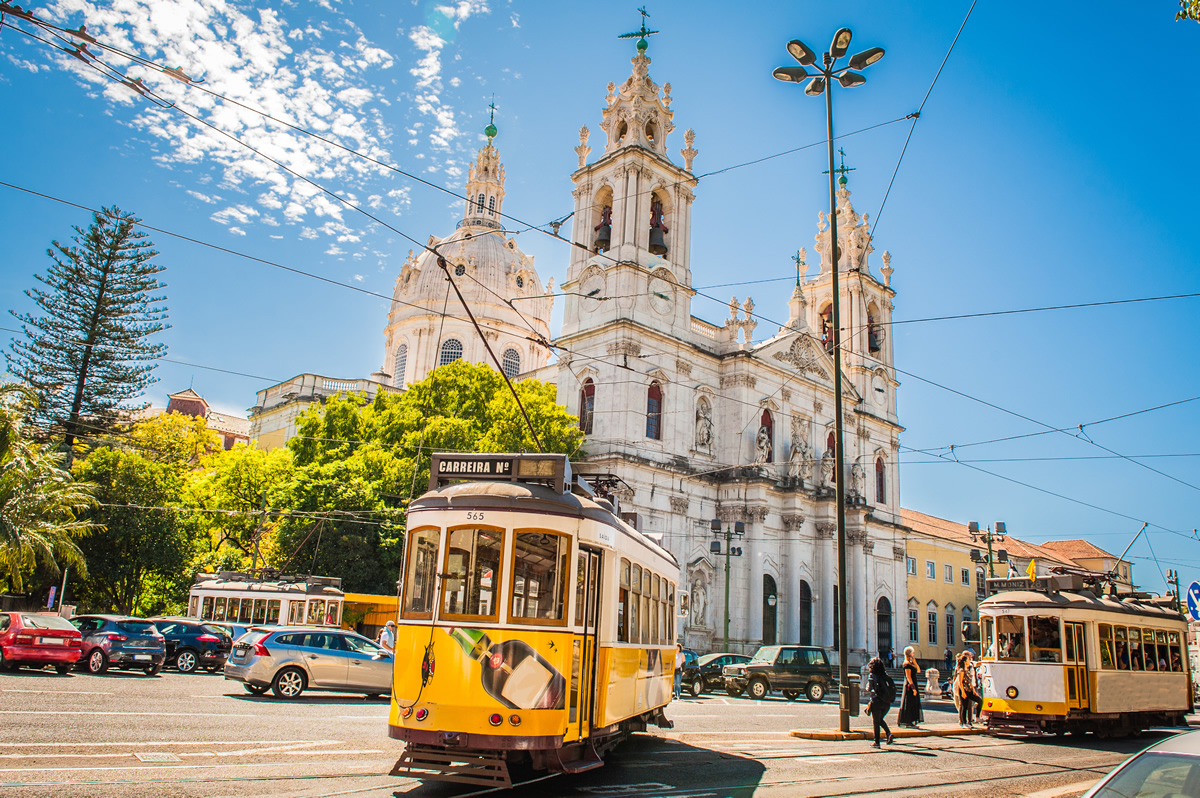
Porto
Porto, also known as Oporto, is the second-largest city in Portugal, after Lisbon, and one of the major urban areas in Southern Europe. Located along the Douro River, Porto is one of the oldest European centres, and registered as a World Heritage Site by UNESCO in 1996.
Its settlement dates back many centuries, when it was an outpost of the Roman Empire. One of Portugal’s internationally famous exports, port wine, is named for Porto, since the metropolitan area, and in particular the adegas of Vila Nova de Gaia, were responsible for the production and export of the fortified wine. The history of Porto dates back to the 4th century, to the Roman occupation of the Iberian Peninsula. Celtic and Proto-Celtic ruins have been discovered in several areas, and their occupation has been dated to about 275 BC. During the Roman occupation, the city developed as an important commercial port. In 1387, Porto was the site of the marriage of John I of Portugal and Philippa of Lancaster, daughter of John og Gaunt. The Portuguese-English alliance is the world’s oldest recorded military alliance. In the 14th and the 15th centuries, Porto’s shipyards contributed to the development of Portuguese shipbuilding. The nickname given to the people of Porto began in those days; Portuenses are to this day, colloquially, referred to as tripeiros (English: tripe peoples), when higher-quality cuts of meat were shipped from Porto with their sailors, while off-cuts and by-products, such as tripe, were left behind for the citizens of Porto: tripe remains a culturally important dish in modern day Porto.
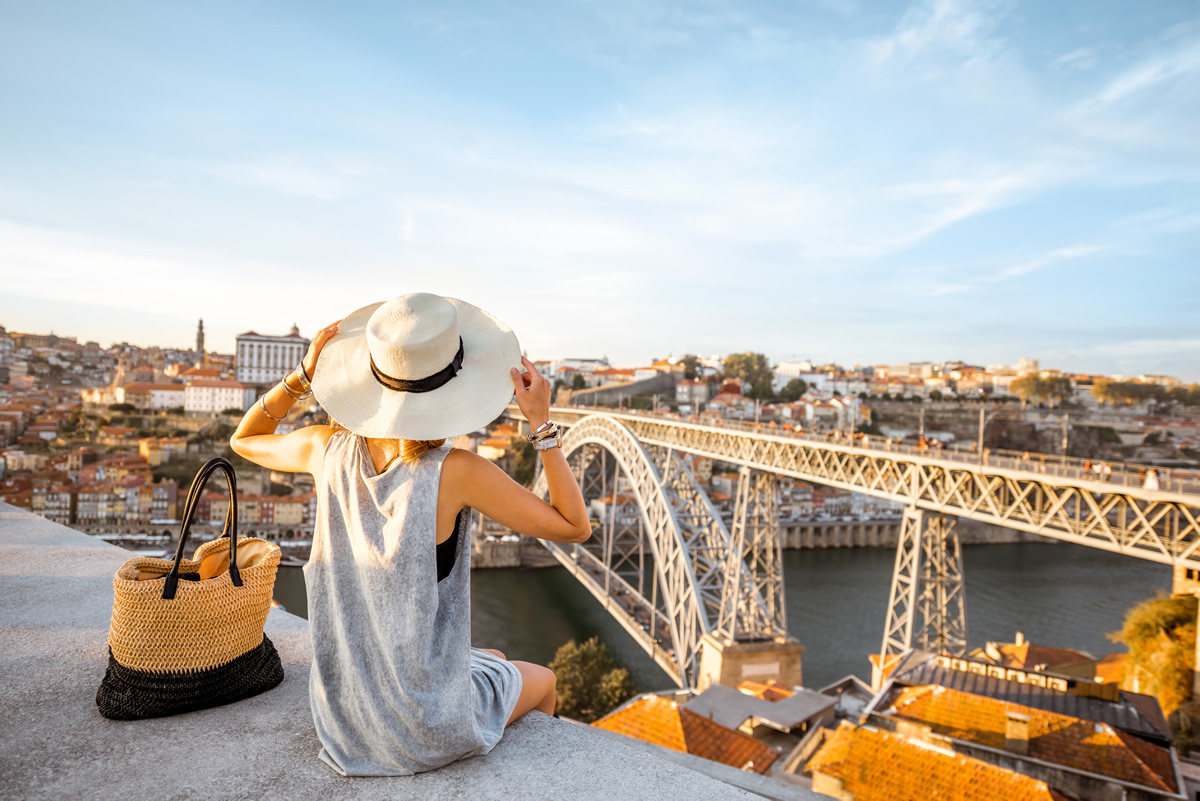
Coimbra
There are many archaeological structures which date to the Roman era, when Coimbra was the settlement of Aeminium, such as its well-preserved aqueduct and crypto-porticos.
Similarly, buildings from the period when Coimbra served as the capital of Portugal (from 1131 to 1255) still remain. During the Late Middle Ages, with its decline as the political centre of the Kingdom of Portugal, Coimbra began to evolve into a major cultural centre, helped by the university finally established there in 1537. The university, one of the oldest in Europe, apart from attracting many European and international students, is visited by tourists for its monuments and history. The city, located over a hill by the river Mondego, was called Aeminium in Roman times.
As early as the Middle Ages, Coimbra was divided into an upper city (Cidade Alta or Almedina), where the aristocracy and the clergy lived, and the low city (Cidade Baixa) by the Mondego River, where most commercial activities took place. The city was encircled by a fortified wall, of which some remnants are still visible like the Almedina Gate (Porta da Almedina). In the 15th and 16th centuries, during the Age of Discovery, Coimbra was again one of the main artistic centres of Portugal thanks to both local and royal patronage.
The University of Coimbra was founded as Studium Generale in Lisbon in 1290. The collections of scientific instruments and material acquired since then are nowadays gathered in the Science Museum of the University of Coimbra, and constitute one of the most important historical science collections in Europe. Apart from the monuments already mentioned, it is also worth a visit to the New Cathedral of Coimbra and the Machado de Castro Museum. The city also houses the University of Coimbra General Library, Portuguese second biggest library and the Botanical Garden.
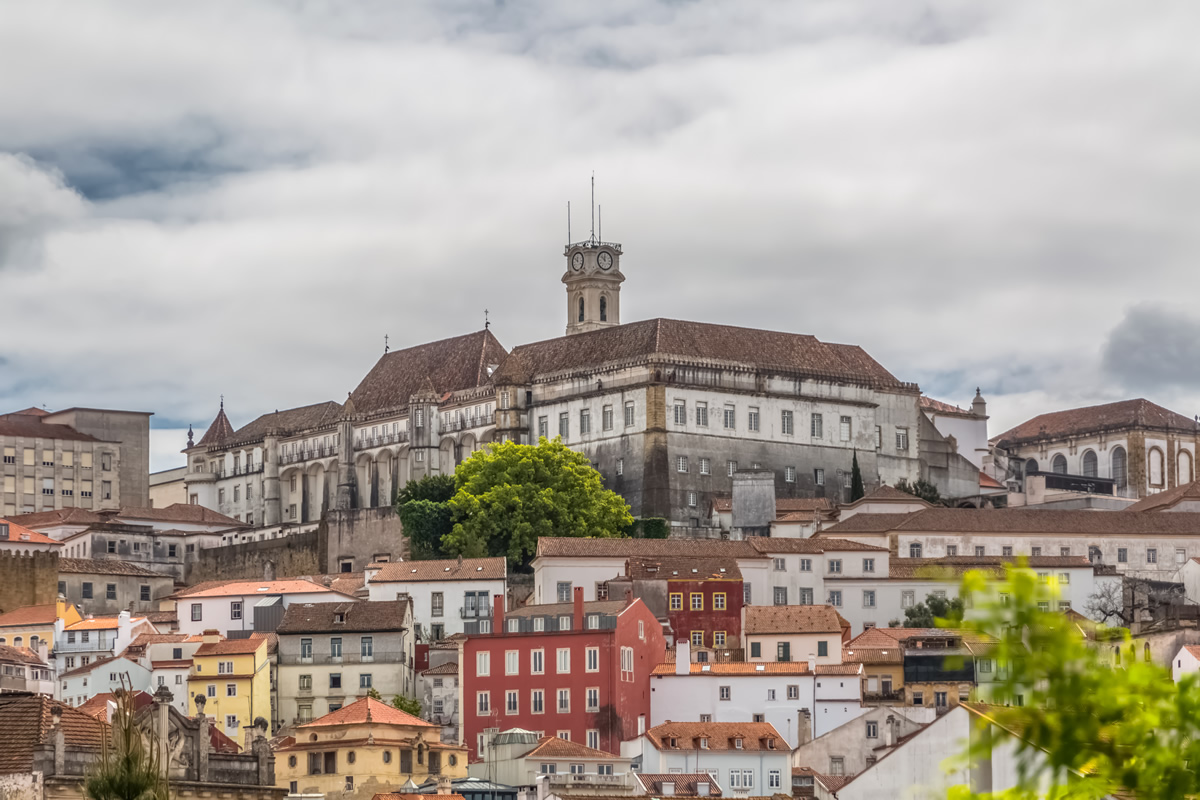
Fatima
The name of the town and parish actually evolved from the Arabic name Fatima, the name of Moorish princess.
The history of Fátima is associated with three children: Lúcia and her cousins, Francisco and Jacinta Marto who, on 13 May 1917, while guarding their sheep in Cova da Iria and witnessed an apparition of a lady dressed in white (today occupied by the Chapel of Apparitions). The lady, later referred to Our Lady of the Rosary indicated that she was sent by God with a message of prayer, repentance and consecrations, and visited the children in the next few months (all on the 13th of each month). The last apparition occurred in October, and was witnessed by 70.000 pilgrims, who saw the Miracle of the Sun. In addition, Our Lady of Fátima sent a message that consisted of three secrets: first, a vision of Hell where the souls of the sinful would travel without prayer; the second, prophesied the beginning of the Second World War; and ultimately, the mysterious third secret, which was written down by Lúcia dos Santos in 1944, and held by the Vatican, since 1957. Much later, sister Lúcia (she had become a nun), recounted visits between April and October 1916, by an angel to the children (three times) twice in Loca do Cabeço and the other by the well in Lúcia’s garden, who invited them to pray and penitence. Jacinta died in 1919 and Francisco in 1920 from the Spanish flu Epidemic of 1918-1920, and were later beatified on 13 May 2000 by Pope John Paul II. Lucia lived until 2005. In order to mark the location of the apparitions, a wooden arch with cross was constructed in Cova da Iria. The faithful began to travel in pilgrimage to the site, and on 6 August 1918, with donations from the public, a small chapel was begun, built from rock and limestone and covered in tile and it began to become a centre of Marian worship, receiving names such as a fé. Fátima, cidade da Paz (the faith of Fatima, City of Peace), or Terra de Milagres e Aparições (Land of Miracles and Apparitions).
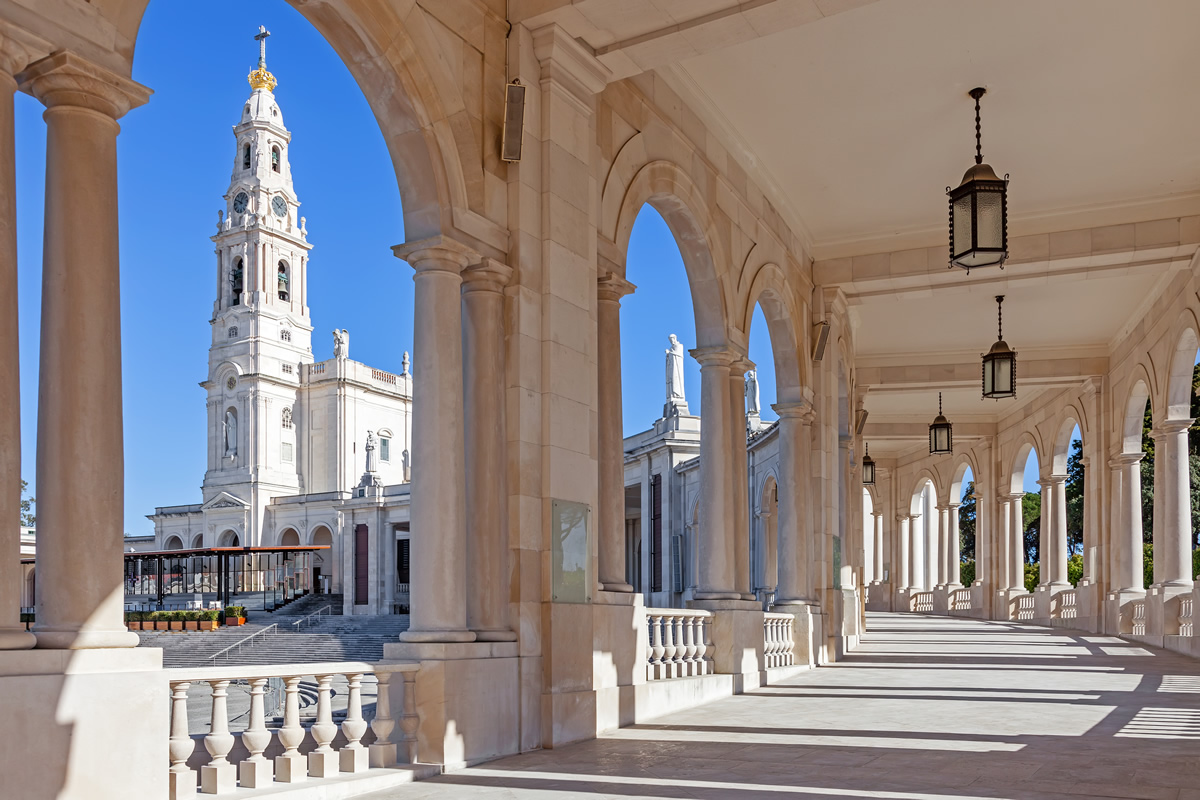
Send a request / Contact us
GDPR Consent*
All details provided by you will be held by Kompas d.o.o and used in accordance with our Privacy Notice. By clicking ‘SEND’ you consent to Kompas d.o.o companies contacting you regarding the requested offer and information about our products and services.
